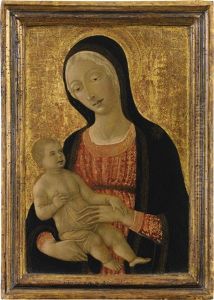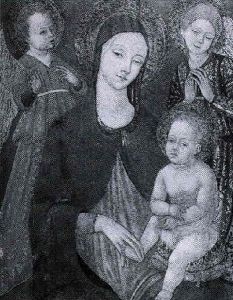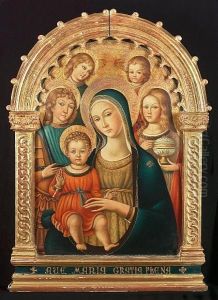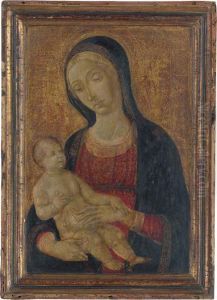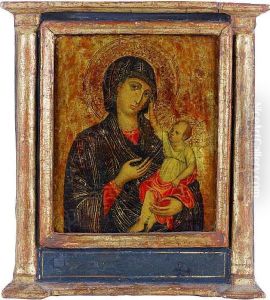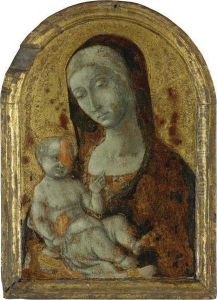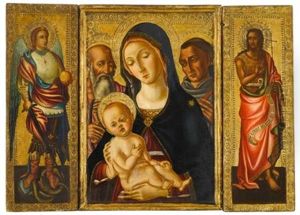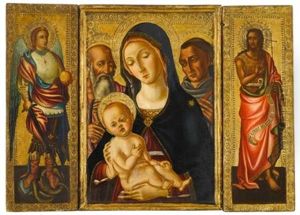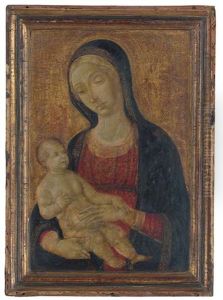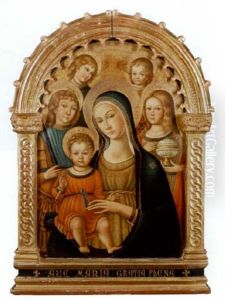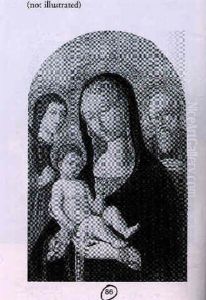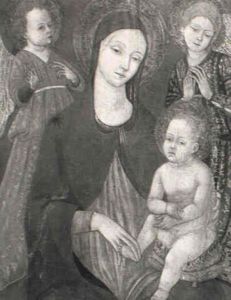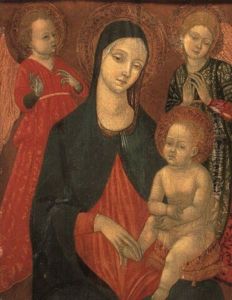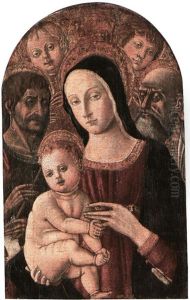Matteo Di Giovanni Di Bartolo Paintings
Matteo di Giovanni di Bartolo, also known simply as Matteo di Giovanni, was an Italian Renaissance painter who was born around 1430 in Borgo Sansepolcro, Tuscany. He was a prominent artist of the Sienese School during the latter half of the 15th century. His work is characterized by its delicate use of color, refined compositions, and the incorporation of religious and mythological themes.
Matteo's artistic training and early influences remain somewhat obscure, but it is believed that he may have been a pupil of the Sienese painter Domenico di Bartolo. He was active primarily in Siena, and many of his works were commissioned by local institutions and prominent families. In 1452, Matteo joined the Sienese painters' guild, which marked the beginning of his professional career.
Throughout his life, Matteo di Giovanni worked on numerous public and private commissions, producing altarpieces, frescoes, and panel paintings. One of his most famous works is the 'Assumption of the Virgin' (1474), located in the main altar of the Siena Cathedral. This work is particularly noted for its celestial vision of the Virgin Mary ascending to heaven, surrounded by a host of angels and saints, a theme common in the art of the period.
Another remarkable contribution by Matteo is his participation in the decoration of the library of the Siena Cathedral, known as the Libreria Piccolomini. He worked alongside Pinturicchio, another renowned artist of the time, in the creation of frescoes that depict the life of Pope Pius II.
Throughout his career, Matteo di Giovanni showed a consistent interest in exploring the human form within his religious narratives, often imbuing his figures with a sense of grace and emotion. His work reflects the transition from the more decorative Gothic style to the naturalistic approach that characterized the Renaissance.
Matteo di Giovanni's influence was considerable in the Sienese school, and his legacy continued through his students and followers. He died in Siena in 1495, leaving behind a body of work that contributed significantly to the artistic heritage of the Renaissance in Italy.
